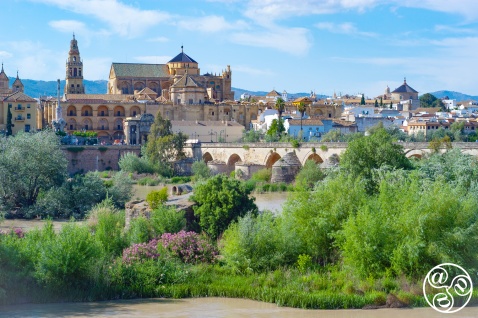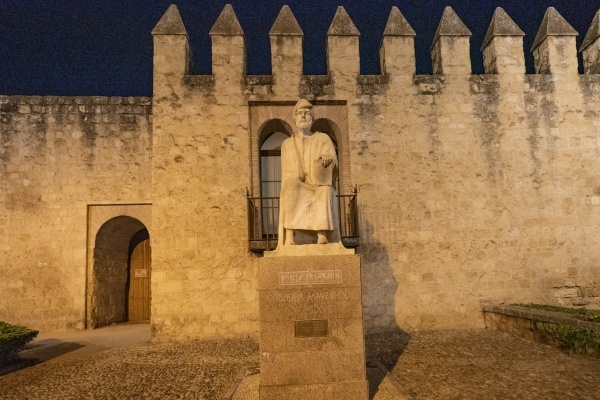
The monumental city of Cordoba on the banks of the river Guadalquivir. |
|
Cordoba City - Five Fascinating Facts
Cordoba is best known as being home to one of Andalucia's three great monuments: the Mezquita, the other two being Seville's Alcazar and Granada's Alhambra. Like the other two, the city embodies the region's rich cultural and religious history: the Mezquita - which dates from Cordoba's zenith, as capital of Al-Andalus and the largest and most important city in Western Europe, with 500,000 inhabitants - is, in fact, a mosque with a cathedral inside it. During its hugely prosperous and successful Moorish Caliphate era (766-1031), Cordoba was a great cultural, political, financial and literary centre, with the largest library in the world.
The city also has a Jewish quarter - the synagogue is one of only three surviving pre-Reconquest ones in Spain. After the Mezquita, Cordoba is probably most famous for its magnificent flower-filled patios, with their annual open-doors-festival-contest in May. Preceded by the Cruces de Mayo competition, and with the Feria at the end of the same month, May is the best month to visit Cordoba.
Fascinating Facts - Home
Córdoba - City Guide




